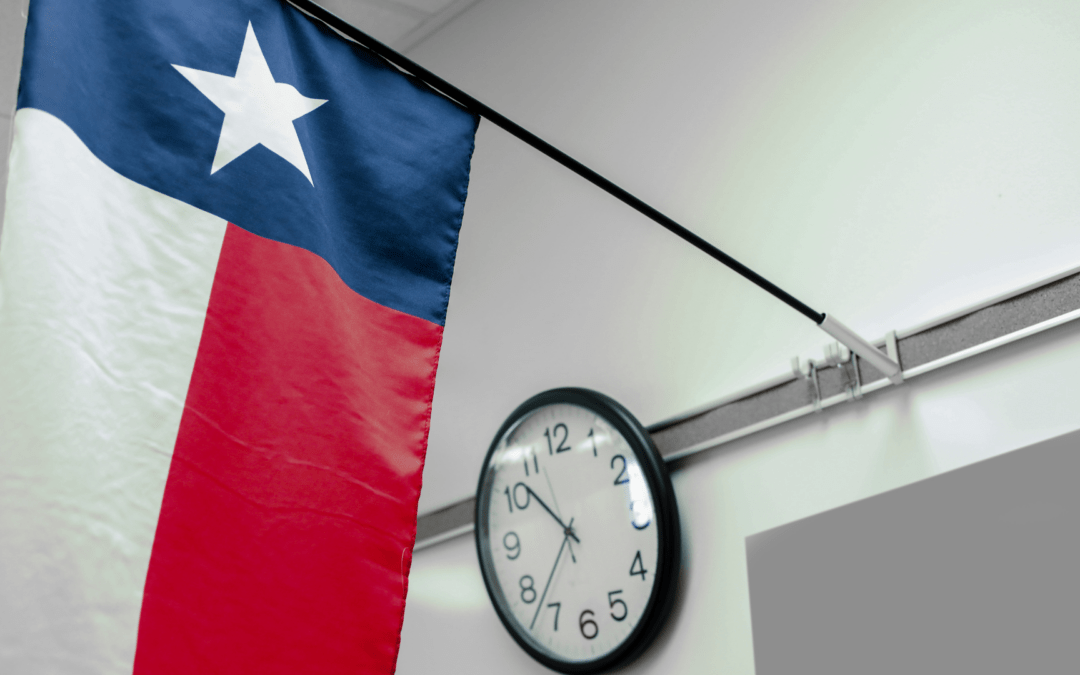The introduction of the Technology Applications Texas Essential Knowledge and Skills (TA-TEKS), adopted in 2022, has ushered in a new era for educational standards in Texas, and Proclamation 2024 brings support to teachers for ensuring students meet the expectations outlined in the new standards. The new TA-TEKS focus on students applying technology applications skills across all grade levels and subject areas, this shift mandates schools adapt and integrate more technology-focused learning objectives across the curriculum. This article delves into the nuances of the TA-TEKS and outlines effective strategies for schools to meet these enhanced standards.
Understanding TA-TEKS, adopted 2022 and Proclamation 2024 instructional materials adoption.
TA-TEKS, adopted in 2022 represents a significant advancement in educational standards in Texas, emphasizing the integration of technology in learning. The TA-TEKS includes a range of skills from basic computer literacy to advanced digital competencies, ensuring students are well-equipped for the digital age. The challenge for schools lies in effectively incorporating these standards into their existing curriculum.
Strategies for Implementing TA-TEKS in Schools
To meet the demands of the new TA-TEKS, schools need to adopt innovative approaches along with a state-adopted curriculum that addresses 100% of the expectations for student learning. The following strategies offer suggestions for effective implementation.
1. Technology-Focused Classes
Incorporating technology-focused classes is a direct approach to implementing the TA-TEKS standards in schools. These classes can concentrate solely on TA-TEKS, offering students dedicated time and space to develop their technological skills.
2. Integration in Regular Classrooms
Utilizing the expertise of classroom teachers to facilitate TA-TEKS within the regular curriculum is another approach for integrating the TA-TEKS in schools. This method ensures that technology integration is not an isolated experience but part of the everyday learning process. With the design of the new standards, the goal is that students apply technology across any grade level and any subject area.
3. Library/Classroom Collaboration
Libraries can play a pivotal role in this new framework for schools as well. A collaboration between libraries and classrooms can be established where both cover different aspects of TA-TEKS, and projects are provided that align to core subject areas so that students can apply their learning regardless of the topic. This partnership ensures a comprehensive approach to technology education, leveraging the resources and expertise of both the library and the classroom.
4. Technology/Classroom Collaboration
Like the library/classroom model, technology specialists and classroom teachers can collaborate to implement the TA-TEKS in student learning experiences. This partnership can divide the burden of TA-TEKS, with each party focusing on different elements, ensuring a thorough and diverse technological education.
5. Technology/Library Collaboration
In this model, technology educators and librarians collaborate to cover the spectrum of TA-TEKS. This approach leverages the strengths of both areas, providing a balanced and in-depth technological learning experience for students.
Challenges and Solutions
While implementing these strategies, schools may face challenges such as resource allocation, teacher training and curriculum integration. Solutions include professional development for teachers, investing in technology infrastructure and revising curriculum plans to incorporate TA-TEKS comprehensively.
Final Thoughts
The implementation of the TA-TEKS, adopted 2022, in Texas represents a significant shift toward a more technologically integrated educational system. Schools must adopt varied and collaborative strategies to meet these new standards effectively. By leveraging the strengths of technology classes, regular classrooms, and collaborations between libraries, technology departments and classrooms, schools can ensure that students are not only meeting academic standards but are also prepared for a technologically driven future.
Learn more about Learning.com’s TA-TEKS-aligned Texas TechApps program by clicking the button below.


Learning.com Team
Staff Writers
Founded in 1999, Learning.com provides educators with solutions to prepare their students with critical digital skills. Our web-based curriculum for grades K-12 engages students as they learn keyboarding, online safety, applied productivity tools, computational thinking, coding and more.
Further Reading
Understanding Proclamation 2024 and the TA-TEKS
Understanding Proclamation 2024 and the TA-TEKS In 2024, Texas introduced Proclamation 2024 to begin the process of adopting new instructional...
Guide to Teaching Algorithms in Computer Programming for K-12 Students
Algorithms are the heart of computer programming, providing the step-by-step instructions that computers follow to perform tasks and solve problems....
Planning Digital Literacy Assessment: A Simplified Approach
As educators know, assessments are critical to the learning process. They provide beneficial self-checks to students, informative results to...




